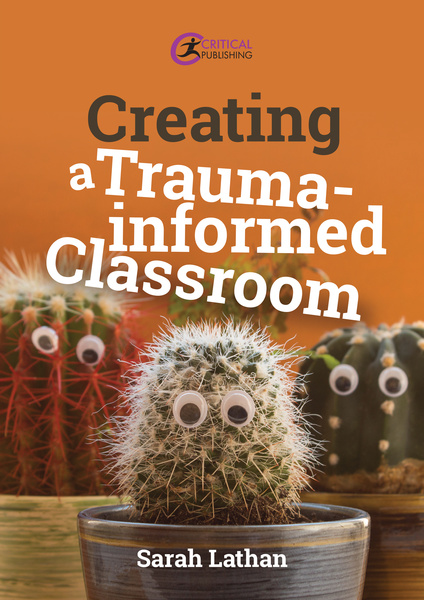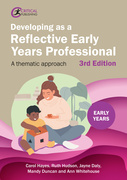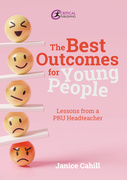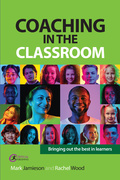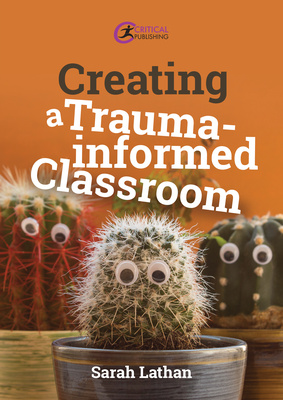
Recommend this title Review this book
Tags: Education, Primary, Secondary
Discounts are available for bulk orders. More details
Creating a Trauma-informed Classroom
AUTHOR : By Sarah Lathan
ISBN : 9781915713810
Edition No : 1
Publication : Apr 22, 2024
Extent : 152 pgs
ISBN : 9781915713827
Edition No : 1
Publication : Apr 22, 2024
Extent : 152 pgs
ISBN : 9781915713834
Edition No : 1
Publication : Apr 22, 2024
Extent : 152 pgs
Description
A game-changing toolkit for teachers, empowering them to build their understanding of adverse childhood experiences (ACEs) and to develop their trauma-informed teaching practice.
There is now a greater understanding on the impact of our early experiences on our stress response system and how this affects children in the classroom. Based on research and real-world experiences, Creating a Trauma-informed Classroom equips teachers of both primary and secondary phases to create compassionate and trauma-sensitive learning environments by suggesting and explaining up to date and practical strategies.
An experienced ASN teacher who uses these strategies in her daily practice, Sarah Latham focuses on:
- how to build and maintain positive relationships with pupils affected by trauma and ACEs
- how to create a supportive environment
- how to design and deliver learning
- how to work collaboratively with others and
- how to promote emotional regulation in the classroom, including supporting dysregulated and distressed behaviours.
Each chapter summarises key points from literature, research, and policy to provide a concise and accessible text without data and jargon overload. Pupil voice is also highlighted through reflections and opinions from children and young people, and case studies from different schools and projects across Scotland that have developed new approaches to trauma-informed practice.
A perfect resource for an teacher or senior leader wishing to create a trauma-informed school
Contents
Introduction
Part 1: Theory
1 Trauma, adverse childhood experiences (ACE’s) and attachment
2 Trauma-informed practice: current context
3 Brain development and the stress response system
Part 2: The trauma-informed teacher
4 Relationships
5 Working with others
6 Self-care
Part 3: The trauma-informed classroom
7 Physical environment
8 Pedagogy
9 Curriculum and ethos
10 Supporting emotional regulation
11 Supporting dysregulation
References
Author
Sarah Lathan is a nurture and additional needs teacher, who has worked with children affected by trauma for her entire career, including pupils with social, emotional, and behavioural needs in residential and day schools. She has a Master’s in Professional Practice in Education, specialising in adverse childhood experiences (ACEs), trauma and attachment-informed practice. She is passionate about inclusion and social justice and believes all children should feel safe and secure at school.
Publication Overview
Availability:
Your Reviews on this book
"What a pleasure to read a book on trauma-informed education that is grounded so thoroughly within the Scottish context. Sarah Lathan offers the reader a multi-layered gift, weaving together not only accessible theory, practice and case studies, but also telling the story of how Scotland has come to find itself in the midst of a dramatic cultural shift... Lathan’s tone throughout the book is reassuring, confident and encouraging. She is in no doubt that relational approaches are possible within the classroom and that embracing their potential is one of teachers’ professional responsibilities. From her very first sentence, Lathan makes clear she holds a vision for Scotland’s teachers, children and policymakers: “I truly believe that all classrooms can and should become trauma-responsive.”

